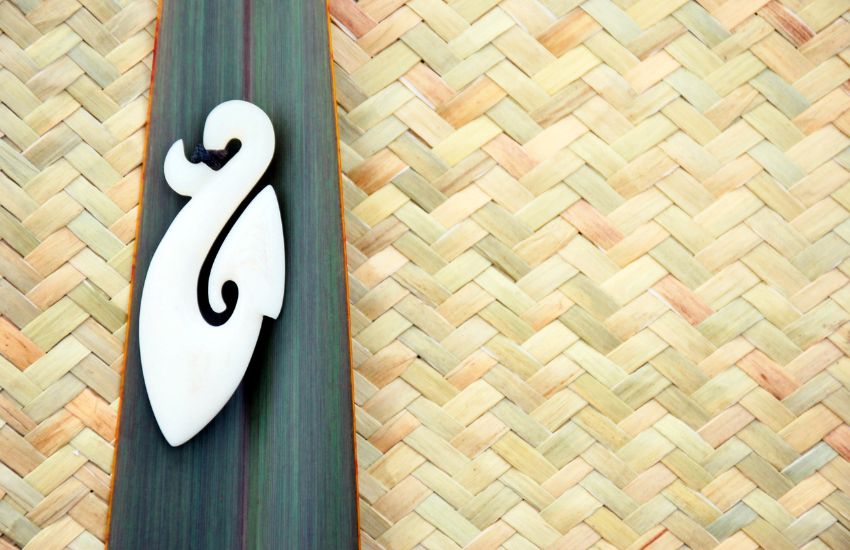
Table of Contents
Māori symbols are more than mere designs; they’re a visual language. Rooted deep in New Zealand’s indigenous culture, each symbol tells a tale, reflecting ancient beliefs and the Māori’s profound connection to nature. While some are familiar even to those outside New Zealand, many remain waiting to be explored.
Let’s explore the meanings behind some of these symbols, their origins and the tales they tell.
1. Koru (Spiral)
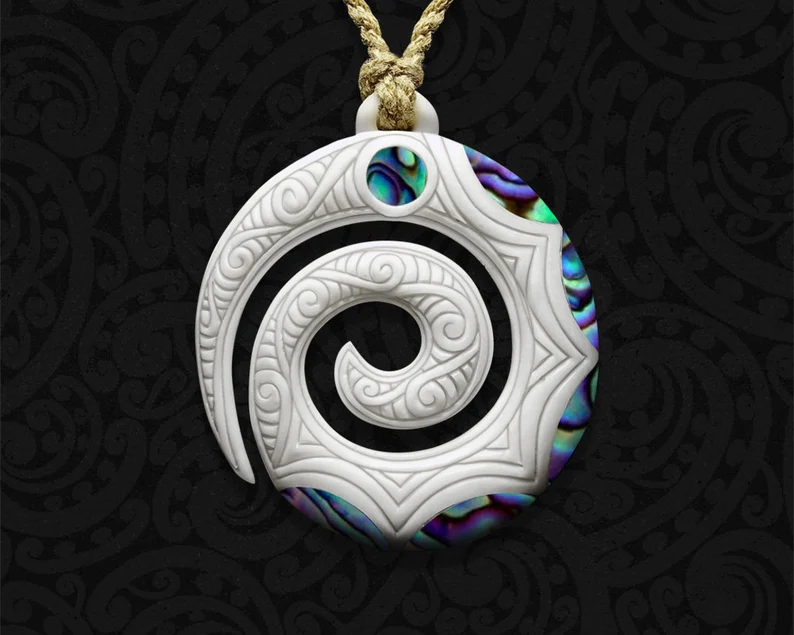
The Koru is an important symbol in Māori culture, inspired by the spiral of a new fern leaf. It stands for fresh starts, growth, and life’s cycles. While it shows the fern’s shape, the Koru also represents the idea of life’s ongoing journey, with its twists and turns but always staying steady.
You can see this design everywhere in New Zealand, from artwork to tattoos and even jewelry. When you look at the Koru, it’s not just about its beauty. It’s a reminder of how we’re all connected to nature, how we grow in our lives, and how there’s always a chance to start anew.
2. Manaia
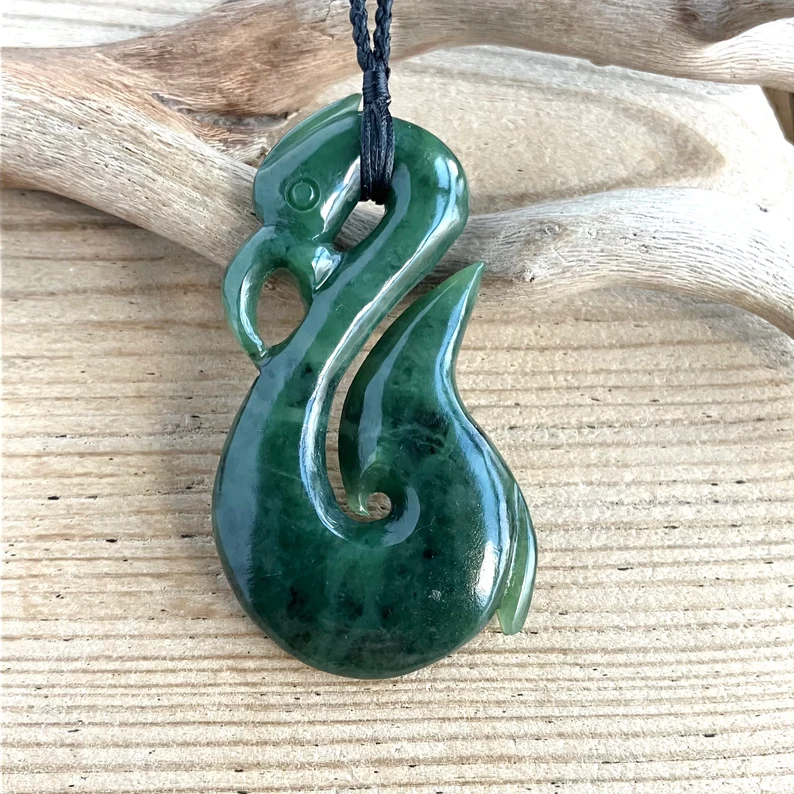
Often described as a guardian, the Manaia stands between our world and the spiritual realm. It has a bird-like head, human body, and a tail resembling a fish or whale, symbolizing the balance of sky, earth, and sea.
People believe the Manaia wards off evil and guides spirits to the afterlife. Historically, artisans carved it into meeting houses and canoes. Today, its popularity has grown in jewelry, especially as pendants crafted from bone or greenstone.
For Māori individuals, wearing a Manaia pendant goes beyond fashion; it’s a cherished way to embrace a protective symbol and recognize the deep connection of all life.
3. Hei-Tiki
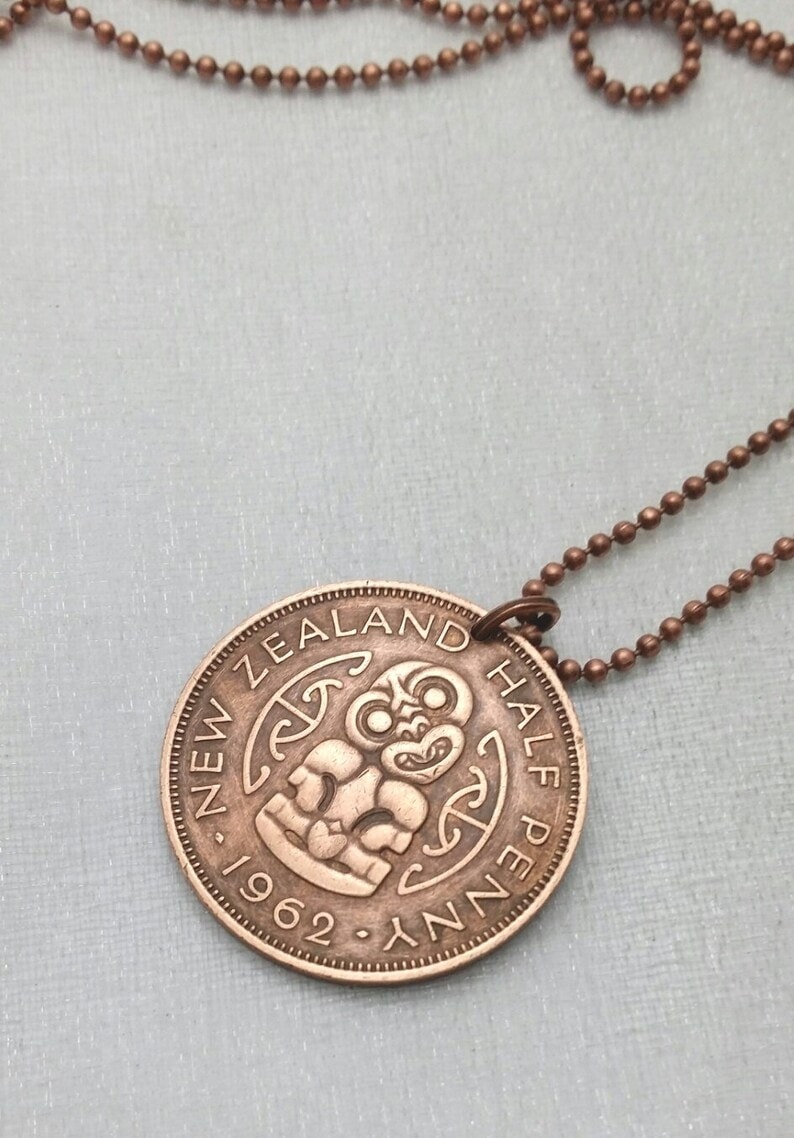
The Maori people greatly value the Hei Tiki pendant which is usually carved from greenstone or bone. This pendant symbolizes an ancestor, linking the wearer to their roots and offering protection. As families pass it down through generations, its spiritual power, or mana, grows stronger.
Many wear this pendant close to their heart, reflecting love and memory. While it mostly signifies ancestral connections, some also see the Hei Tiki as a symbol of fertility. Beyond its cultural significance, it also proudly represents New Zealand’s rich history.
4. Hei Matau (Fish Hook)
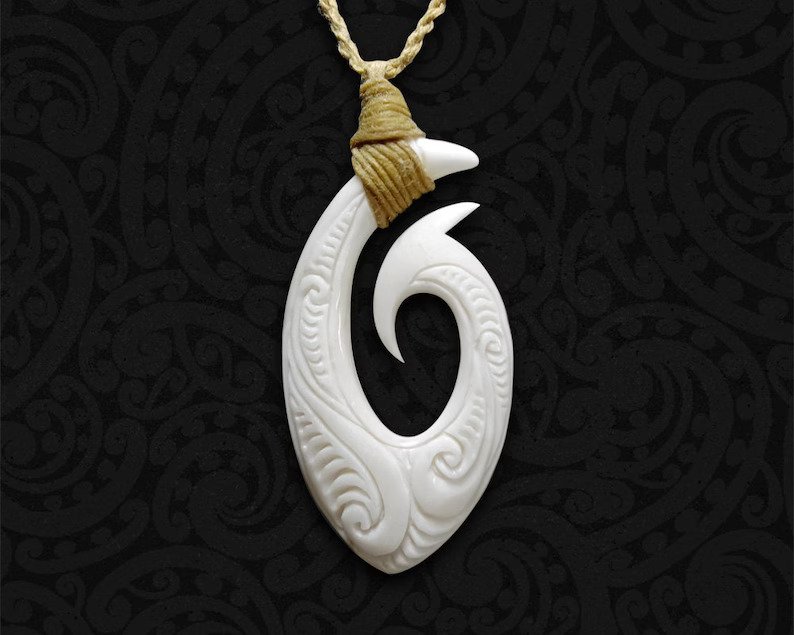
Resembling a stylized fish hook, the Hei Matau symbol stands for strength, good fortune, and safety during sea travels. The Māori’s strong ties to the sea inspired this design, as they depended on fishing and traveled vast stretches of the Pacific Ocean in their canoes. Like the Hei Tiki, craftsmen often make Hei Matau pendants from greenstone or bone.
These pendants honor the Māori’s rich sea traditions and serve as protective charms for travelers, especially at sea. Today, while many still value its traditional meanings, the Hei Matau has also emerged as a well-known symbol of New Zealand’s distinct cultural legacy.
5. Whale Tail
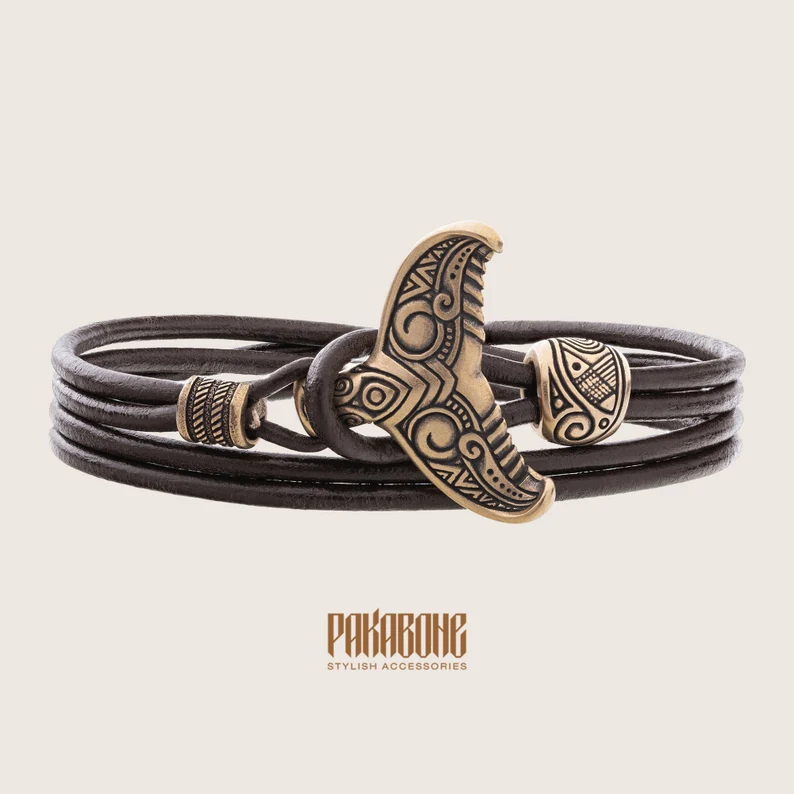
Rooted in New Zealand’s strong maritime ties, the “Rei puta” or whale tail symbolizes speed, strength, and protection. Māori see the whale as the sea’s guardian, reflecting a deep respect for the oceans and the bond between land and water.
This emblem highlights the Māori’s deep ancestral ties to the sea, acknowledging how whales have historically guided navigators and ensured their safe journeys. Besides its cultural value, many recognize the whale tail as a mark of respect for New Zealand’s vast marine environment.
6. Twist
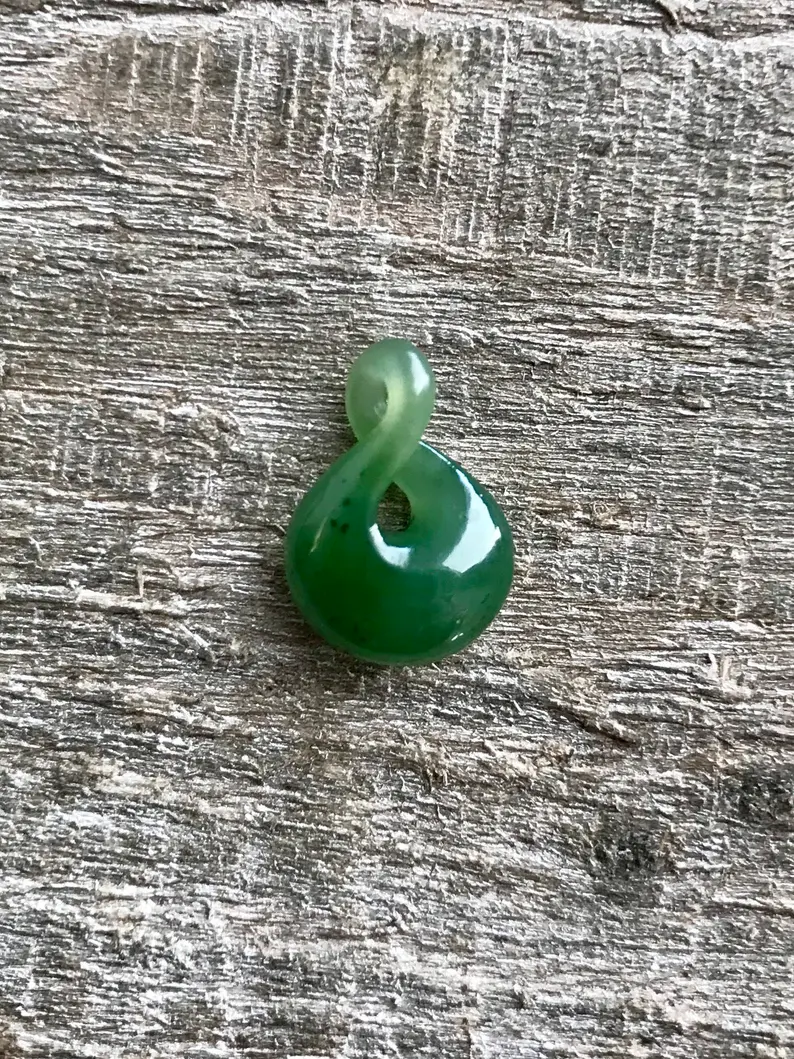
In Māori language, people refer to the Twist as “Pikorua,” symbolizing eternity. The design, with its intricate loops, represents life’s journey and the powerful bond between loved ones, whether family, friends, or partners. Highlighting unity, loyalty, and friendship, it represents the merging of two lives into a lasting bond.
Craftsmen often incorporate the design, either as a single or double twist, into jewelry, particularly in pendants. As a piece of adornment or a gift, the Pikorua stands as a testament to enduring relationships and the essence of everlasting love.
7. Toka Toka (Adze)
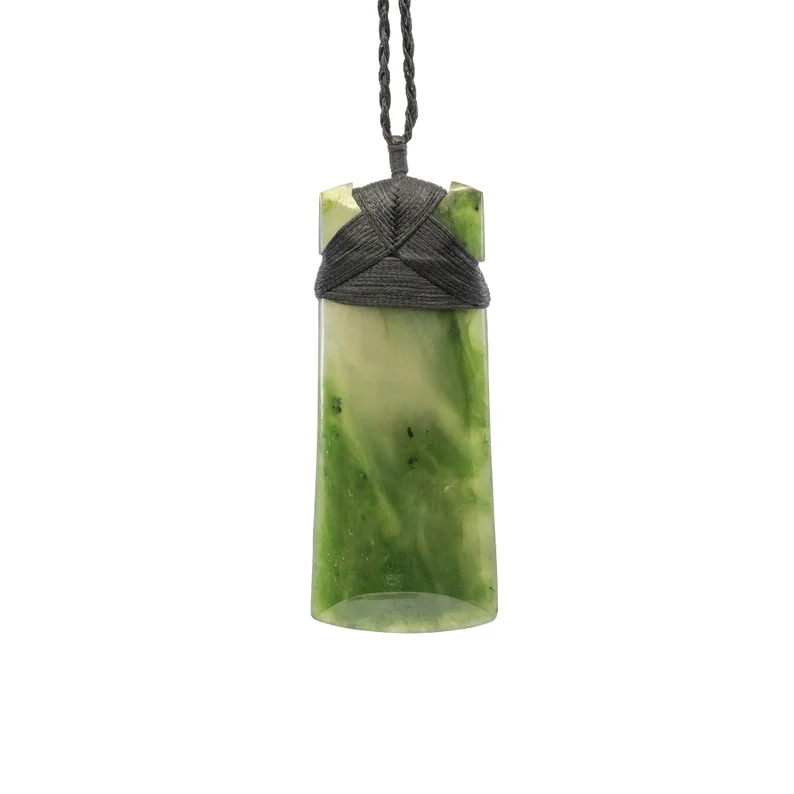
Crafted from greenstone or bone, the Toka Toka, or adze is a prominent symbol in Māori culture, representing a tool traditionally used for carving and construction. The adze was more than just a tool however, it symbolized authority, power, and status.
A finely crafted Toka Toka often signified a person’s rank within the tribe. In spiritual rituals, many believed that these tools carried mana or spiritual power, and some even played roles in ceremonies.
Nowadays, people wear miniature Toka Toka pendants to symbolize strength, determination, and focus. This symbol powerfully recalls the Māori’s rich craftsmanship history, leadership, and deep connection to the land and its resources.
8. Rau Kumara (Sweet Potato Leaves)
In Māori culture, the Rau Kumara symbol represents the leaf of the kumara or sweet potato plant. The kumara, a core part of the traditional Māori diet, holds value not only as food but also in cultural tales.
The Rau Kumara symbolizes growth, nourishment, and prosperity, drawing its meaning from the kumara’s nourishment. This symbol highlights the vital role of farming and agriculture in Māori life. Today, many still see the symbol as a sign of nourishment and wealth, showcasing the Māori’s strong bond with their land.
9. Wheku
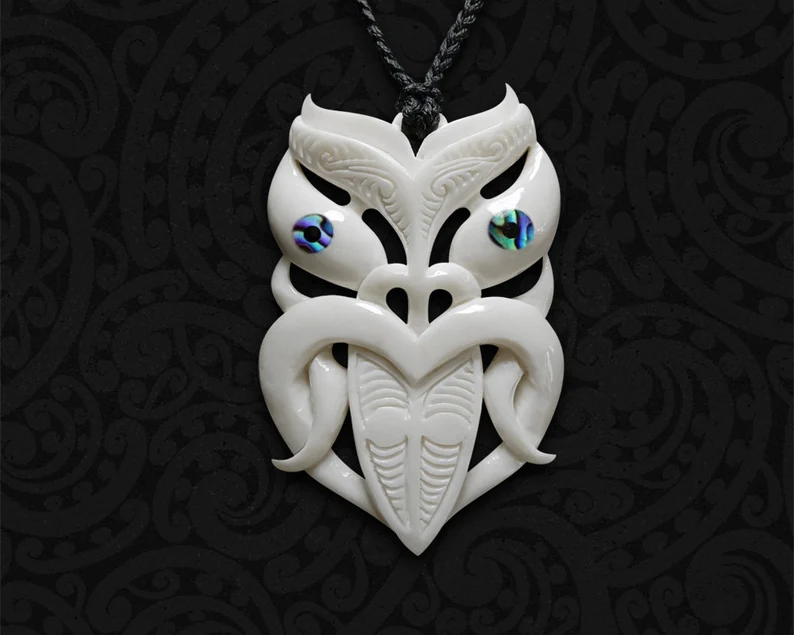
The Whēkū symbolizes the face of an ancestor, highlighting Māori lineage and genealogy. This carved face often adorns meeting houses, representing guardianship, wisdom, and foreknowledge.
With their unique facial tattoos (moko) and expressive eyes, people believe that Whēkū carvings protect and watch over sacred spaces. These carvings also connect the living with their ancestors, ensuring their presence remains strong. Artisans usually craft it from wood, but also sometimes from greenstone.
The Whēkū not only pays homage to Māori ancestry but also shows their deep respect for past generations. It acts as a link to the past and a guiding light for the future.
10. Paua (Abalone Shell)
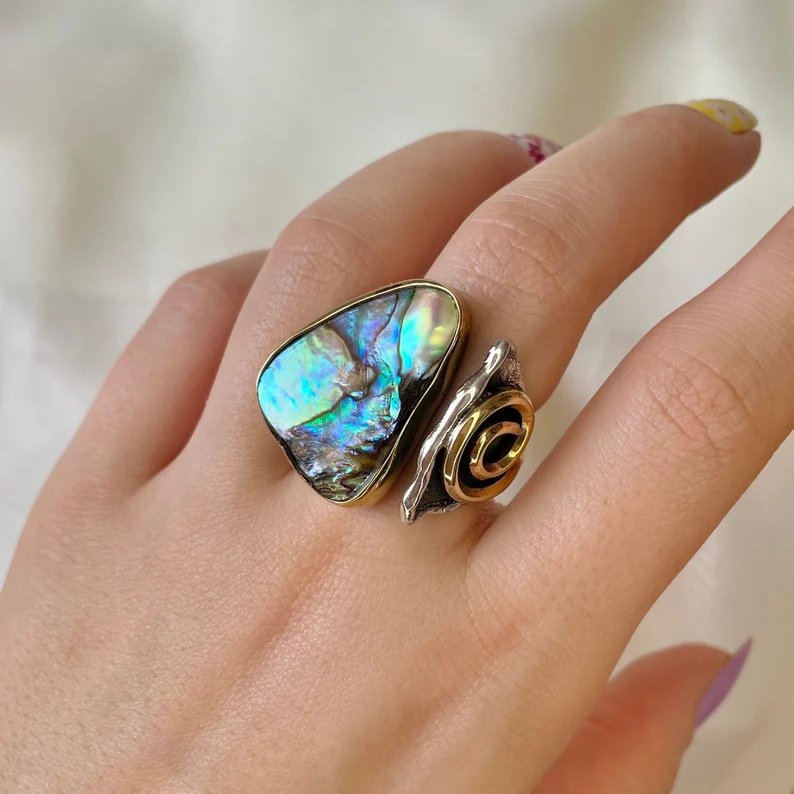
A vibrant sea creature, the Paua, shines brightly in Māori culture with its iridescent shell, representing change, beauty, and evolution. Māori craftsmen often incorporate Paua shells into jewelry and other artworks, especially as eyes in carvings to give them life and depth.
Beyond their visual appeal, these shells hold deep spiritual meaning, believed to strengthen and calm the spirit. Today, the Paua shell stands as a testament to New Zealand’s natural appeal and its enduring bond with Māori cultural heritage.
11. Kowhaiwhai
Kowhaiwhai patterns stand out in Māori art with their intricate red, black, and white designs. People traditionally paint these patterns on the rafters of meeting houses, not just for decoration but to showcase tribal stories and lineage. They underline the value of ancestry in Māori culture.
Each design variation holds a unique meaning, reflecting various facets of life and nature. Inspired by natural elements like flora, the symmetrical patterns flow seamlessly. Modern New Zealand art and design still embrace Kowhaiwhai patterns, connecting the past with the present.
12. Tāniko Pattern
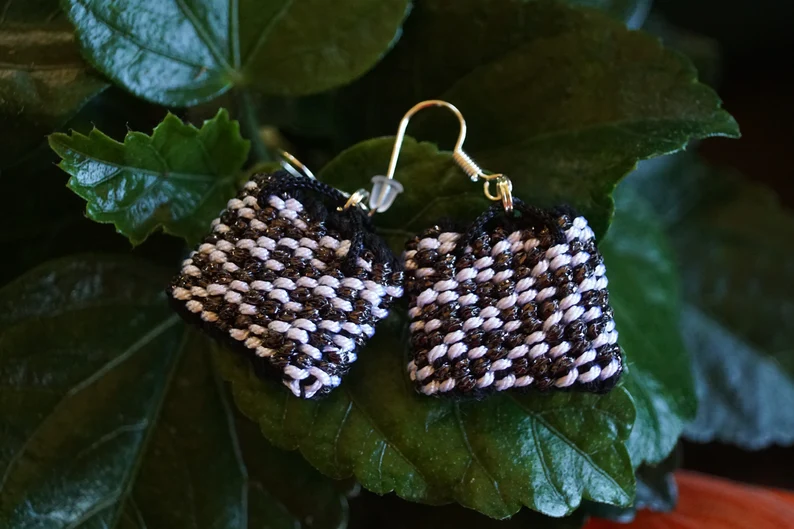
Māori artisans weave the Taniko pattern, primarily decorating the edges of fine garments like cloaks. Each design doesn’t just beautify but tells its own unique tale and the patterns showcase complex geometry and artistic skill.
Generations have handed down these designs, preserving the stories of families and tribes. Normally, those who weave the designs choose colors with deep significance, drawing from natural elements like plants and berries.
Today, while Māori textile artists continue to honor the Taniko tradition, its designs also inspire modern New Zealand fashion. This makes the Taniko both a symbol of treasured heritage and a vibrant modern design motif.
13. Patiki (Flounder)
The Patiki, or Flounder, represents prosperity, abundance, and fertility. It also signifies the Māori’s reliance on flounders as a vital food source, underscoring the sea’s bountiful gifts. The fish has unique eyes, both on one side, which symbolize vigilance and keen awareness.
Many Māori designs and carvings incorporate the Patiki, marking it as a protective sign and showing respect for the sea’s riches. Today, this symbol represents the Māori’s deep connection with the marine world and their gratitude for the natural resources around them.
14. Marakihau (Sea Monster)
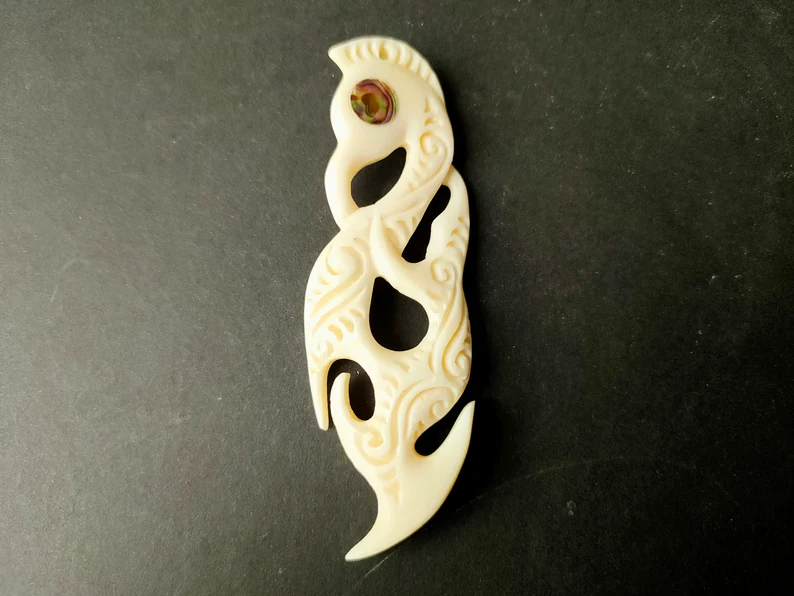
In Māori mythology, the Marakihau stands out as a sea monster, known for its long, tubular tongue that it uses to snatch fish. This fish represents the ocean’s powerful and enigmatic forces.
According to legends, the Marakihau is a protector of certain coastal territories, making people aware of the hidden dangers of the sea. Many carvings and artworks showcase their distinctive look, reflecting the Māori’s deep respect for the ocean.
15. Taratarekae (Lizard)
Many Māori see lizards as symbols of the unknown or danger, mostly because of their quiet, nighttime habits. Some even believe these lizards bring bad news or act as warning signs.
Despite this, you can find lizard shapes in many Māori tattoos and carvings, showing their importance in cultural tales and myths. This frequent use in Māori art underlines the Māori’s strong bond with nature and the deep spiritual lessons they find in it.
Wrapping Up
Māori symbols are powerful reflections of a deep-rooted heritage. They offer a unique lens into New Zealand’s indigenous culture, connecting past and present. As you can see, each symbol tells its own tale, emphasizing the Māori’s enduring bond with nature and ancestral wisdom.










